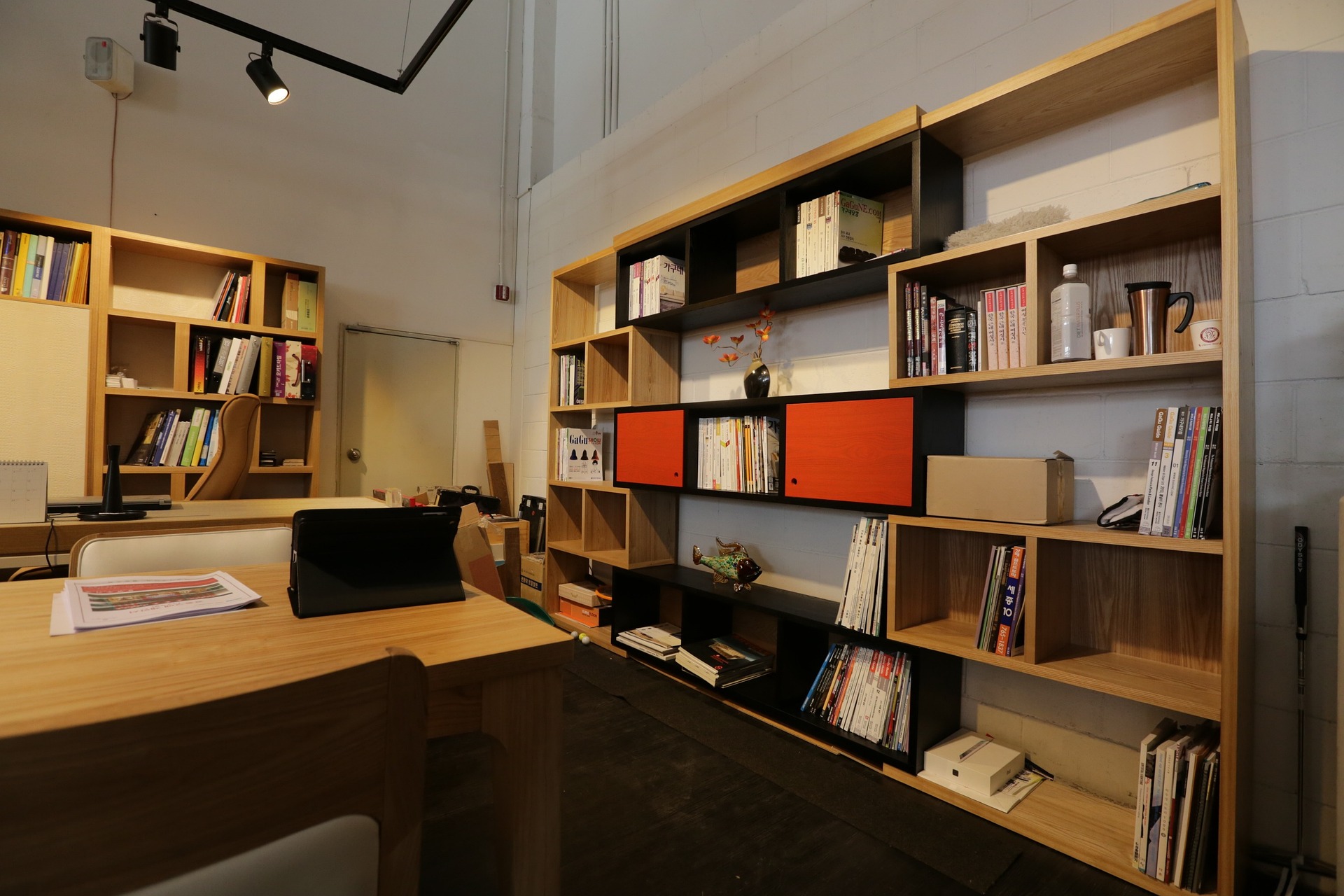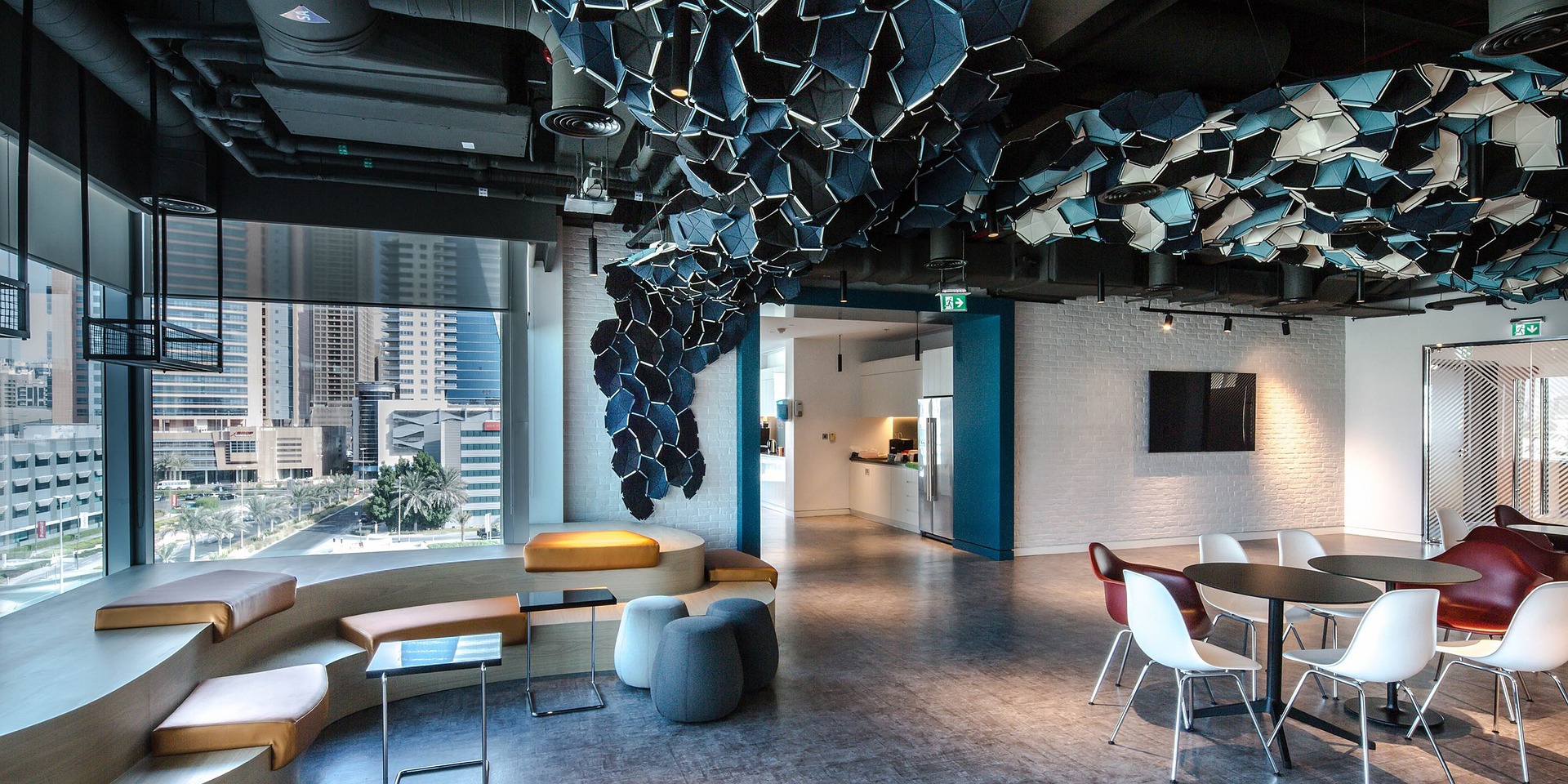
Sustainability


In today’s environmentally conscious world, sustainability has become a significant consideration in various industries, including office furniture. Sustainable office furniture offers a way to reduce our ecological footprint while creating a healthy and eco-friendly workplace.
This article will explore the importance of sustainable office furniture and provide insights on creating an eco-friendly workspace through responsible furniture choices.
Understanding Sustainable Office Furniture:
Sustainable office furniture refers to furniture that is designed, manufactured, and used in a manner that minimizes its impact on the environment. It involves using environmentally friendly materials, promoting energy efficiency, reducing waste, and supporting ethical and responsible manufacturing practices. Sustainable office furniture aims to create a healthier and more sustainable work environment for employees and the planet.
Materials and Certifications:


When choosing office furniture, please pay attention to the materials used in its construction. Look for furniture made from renewable and recycled materials, such as responsibly sourced wood, recycled plastics, and eco-friendly textiles. Additionally, Forest Stewardship Council (FSC) certification and GREENGUARD certification ensure that the furniture meets specific environmental and indoor air quality standards.
Eco-Friendly Manufacturing:
Sustainable office furniture goes beyond materials and also considers the manufacturing processes involved. Look for manufacturers prioritizing energy efficiency, waste reduction, and responsible manufacturing practices. Companies that have implemented recycling programs, use low VOC (volatile organic compound) finishes, and minimize water and energy consumption during production are great choices for eco-friendly furniture.
Durability and Longevity:
One of the fundamental principles of sustainability is to promote longevity and reduce waste. Opt for office furniture built to last, with high-quality craftsmanship and durable materials. Furniture that can withstand daily use and maintain its functionality over time reduces the need for frequent replacements. Consider investing in timeless designs that can adapt to changing office trends, ensuring the longevity of your furniture.
Recyclability and Circular Economy:


Sustainable office furniture should also be designed with the end of its lifecycle in mind. Look for furniture that is easily recyclable or can be disassembled for recycling purposes. Manufacturers that offer take-back programs or facilitate the reuse and recycling of furniture contribute to the circular economy, reducing waste and extending the lifespan of materials.
Also Read:
Ergonomics and Employee Well-being:
Sustainable office furniture can also prioritize employee well-being and comfort. Ergonomic design principles should be integrated into sustainable furniture to promote healthy posture, reduce the risk of injuries, and enhance productivity. Look for adjustable chairs, sit-stand desks, and ergonomic accessories that prioritize employee health while aligning with sustainable practices.
Energy Efficiency and Technology Integration:
In addition to the furniture itself, consider how technology can contribute to a sustainable workplace. Invest in energy-efficient lighting solutions, such as LED bulbs, and utilize smart power management systems to minimize energy consumption. Incorporate technology-friendly features in office furniture, such as integrated power outlets and cable management solutions, to promote efficient use of devices and reduce energy waste.
Office Layout and Space Optimization:
Creating an eco-friendly workspace goes beyond furniture choices. Optimize your office layout to increase natural light and ventilation, and HVAC systems. Utilize space-efficient furniture designs to maximize available square footage and minimize waste. Consider flexible and modular furniture solutions that adapt to changing needs and accommodate different work styles.
Employee Education and Engagement:
Creating an eco-friendly workplace requires active participation and awareness from employees. Educate your workforce about the importance of sustainability and encourage environmentally friendly practices, such as recycling, reducing paper usage, and utilizing energy-saving features. Involve employees in sustainability initiatives and encourage feedback and ideas for further improvement.
Conclusion:
You can create an eco-friendly workplace that promotes environmental responsibility and employee well-being by choosing sustainable office furniture Perth. Consider the materials, certifications, and manufacturing practices associated with the furniture you select. Prioritize durability, recyclability, and the principles of the circular economy. Integrate ergonomic design and energy-efficient solutions into your workspace. Optimize office layout and engage employees in sustainability initiatives. With these steps, you can build an environmentally conscious workplace that reflects your commitment to sustainability while providing your team with a healthy and productive environment.